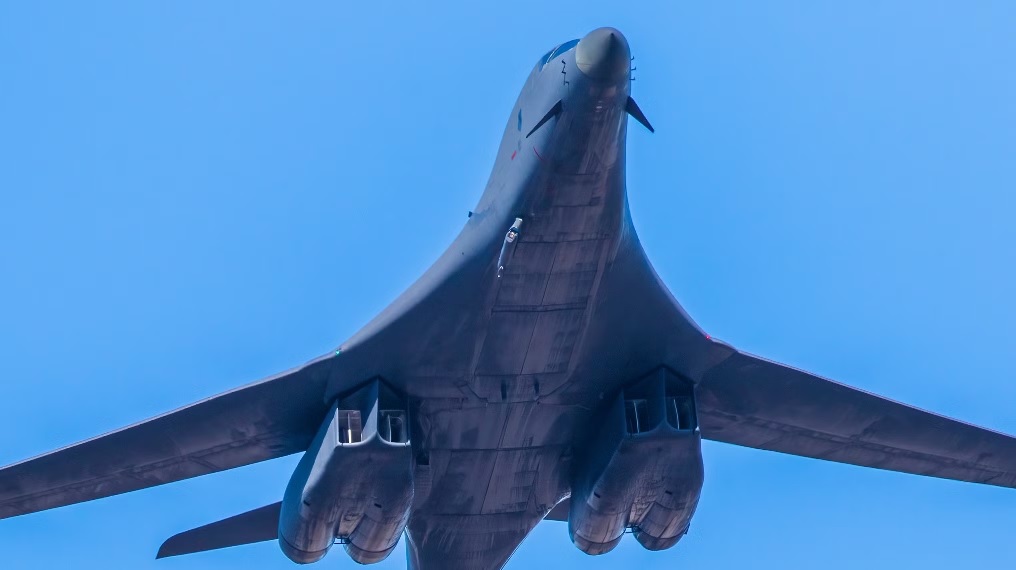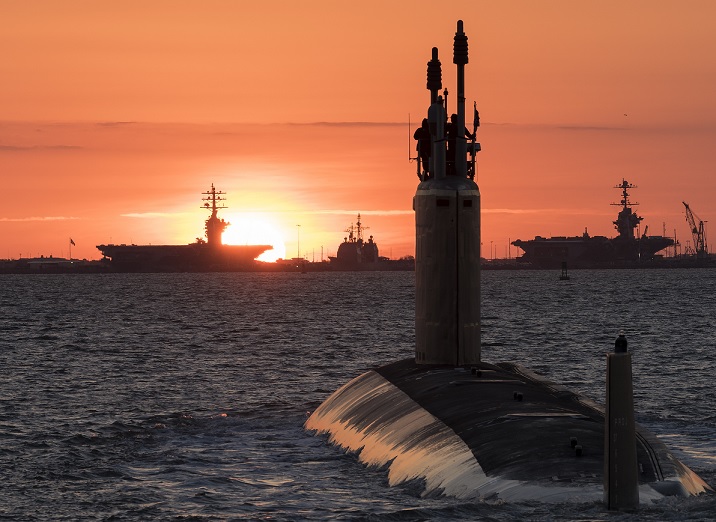Adapting to New Challenges in a Multipolar Nuclear World
A Changing Global Nuclear Landscape
The United States now faces unprecedented nuclear challenges as adversaries expand and enhance their arsenals. Richard C. Johnson, deputy assistant secretary of defense for nuclear and countering weapons of mass destruction policy, emphasized the need for adaptation during a recent panel at the Center for Strategic and International Studies.
China and Russia are both modernizing and diversifying their nuclear capabilities. Their actions prioritize nuclear weapons in national security strategies. Johnson warned that upcoming expirations of arms control agreements, such as New START in February, could further destabilize global security.
Despite these challenges, the logic underpinning nuclear deterrence remains valid. The U.S. is committed to maintaining a reliable and secure deterrent, though Johnson noted that the current modernization program may fall short of future requirements.

Modernization Efforts Underway
The Defense Department (DOD), in collaboration with the National Nuclear Security Administration, has initiated several modernization measures. Key initiatives include the development of the B61-13 gravity bomb and enhanced readiness of Ohio-class nuclear submarines. These steps aim to improve flexibility and mitigate risks to the modernization timeline.
The B61-13 bomb, a modernized variant of the B61, will be produced by the Department of Energy. This capability underscores the U.S. commitment to maintaining cutting-edge deterrent technologies.
Key Findings from the 491 Report
On November 15, the DOD submitted the 491 Report to Congress, outlining shifts in nuclear employment strategy. The report addresses the evolving threats posed by the expansion and diversification of adversaries’ nuclear arsenals.
Key directives include:
- Simultaneously deterring multiple nuclear-armed adversaries.
- Integrating non-nuclear capabilities to complement nuclear deterrence.
- Emphasizing escalation management in response to limited nuclear or high-consequence non-nuclear attacks.
- Enhancing collaboration with allies to bolster extended deterrence commitments.
The report also highlights the enduring importance of arms control, risk reduction, and nonproliferation efforts as part of a comprehensive strategy.

Preparing for the 2030s and Beyond
Grant Schneider, vice deputy director for strategic stability at the Joint Staff, underscored the need for future-proofing the U.S. nuclear posture. The DOD is conducting extensive analysis to anticipate potential scenarios and challenges of the 2030s.
Flexibility is key to countering emerging threats. Schneider called for modernizing nuclear forces, command and control systems, and infrastructure. These steps will ensure the U.S. can adapt as adversaries continue to evolve their capabilities.
The DOD’s updated nuclear strategy reflects the complex realities of a multipolar nuclear environment. Through modernization, collaboration with allies, and integrated deterrence, the U.S. seeks to maintain stability and prevent conflict in an increasingly unpredictable world.
Our Visitor






 Users Today : 36
Users Today : 36


